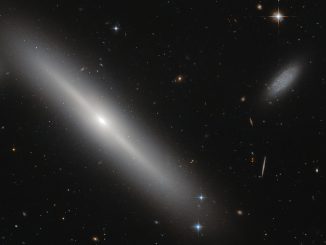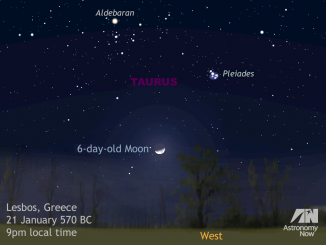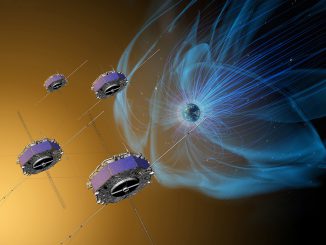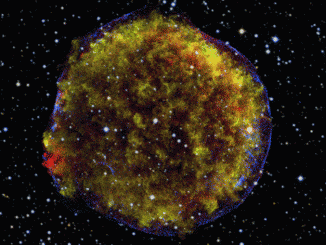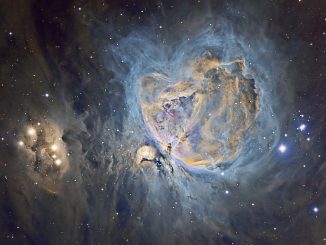
The secret life of the Orion Nebula
Space bears witness to a constant stream of star births. Whole star clusters are often formed at the same time — and within a comparatively short period. Researchers from the Max Planck Institute for Astronomy in Heidelberg have proposed a new mechanism that relies on the interplay between magnetic fields and gravitation to explain this quick formation, investigating a filament of gas and dust which also includes the well-known Orion Nebula.

